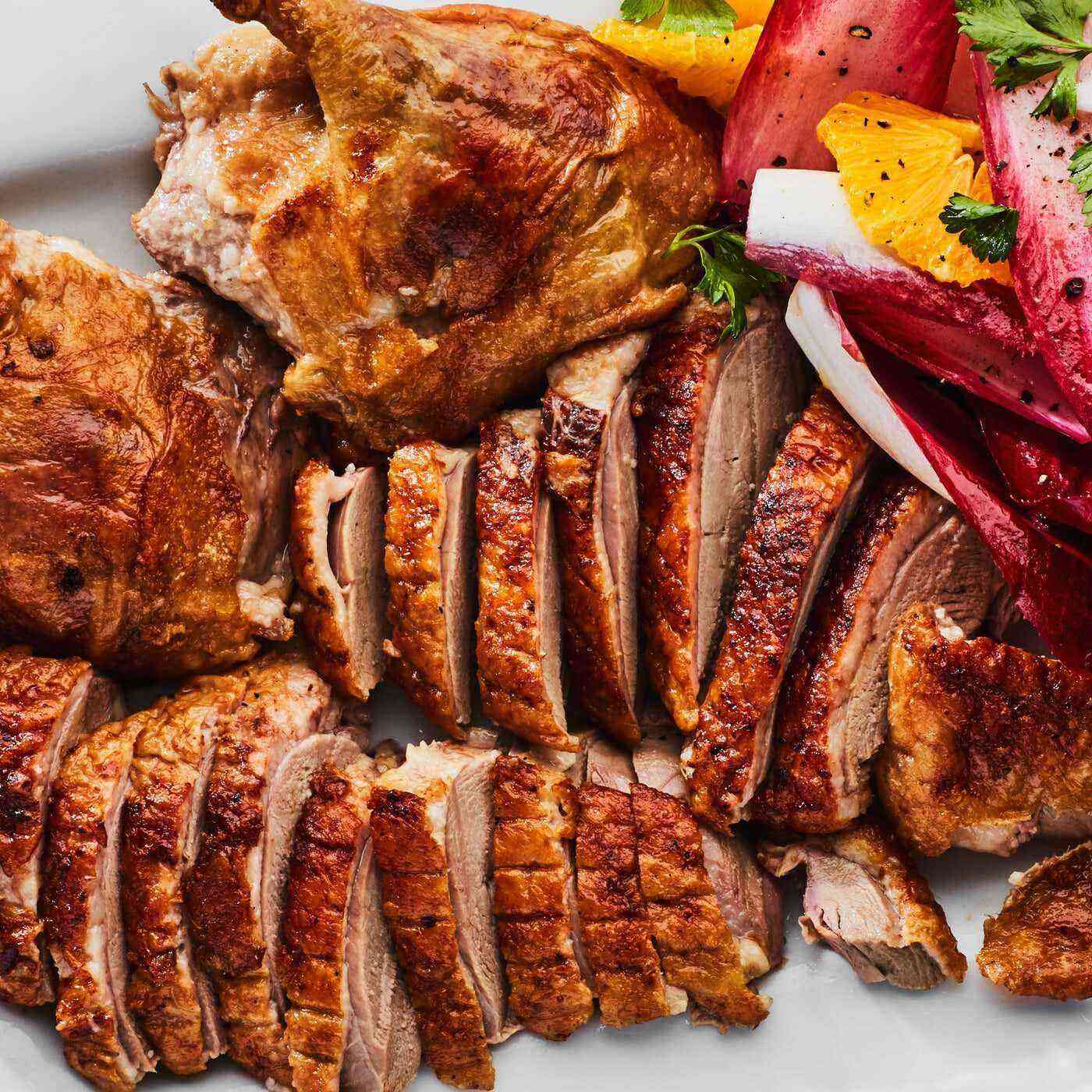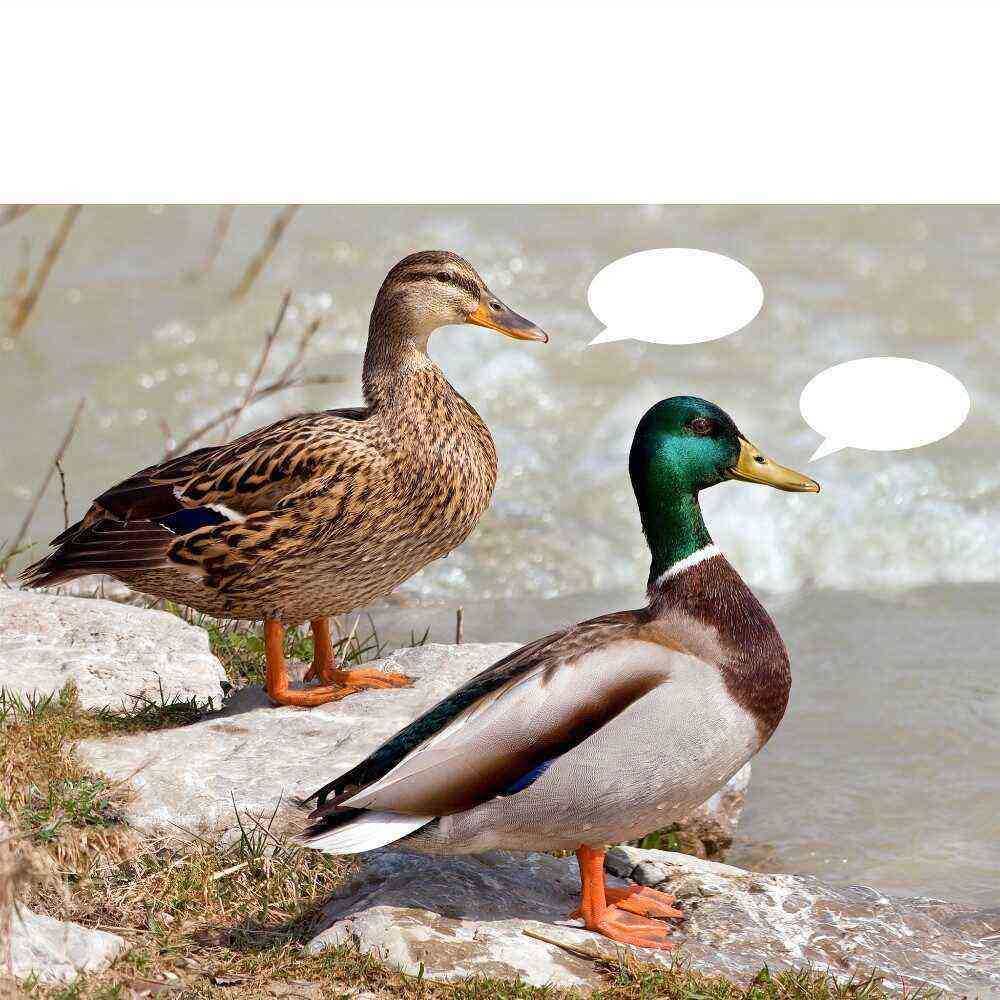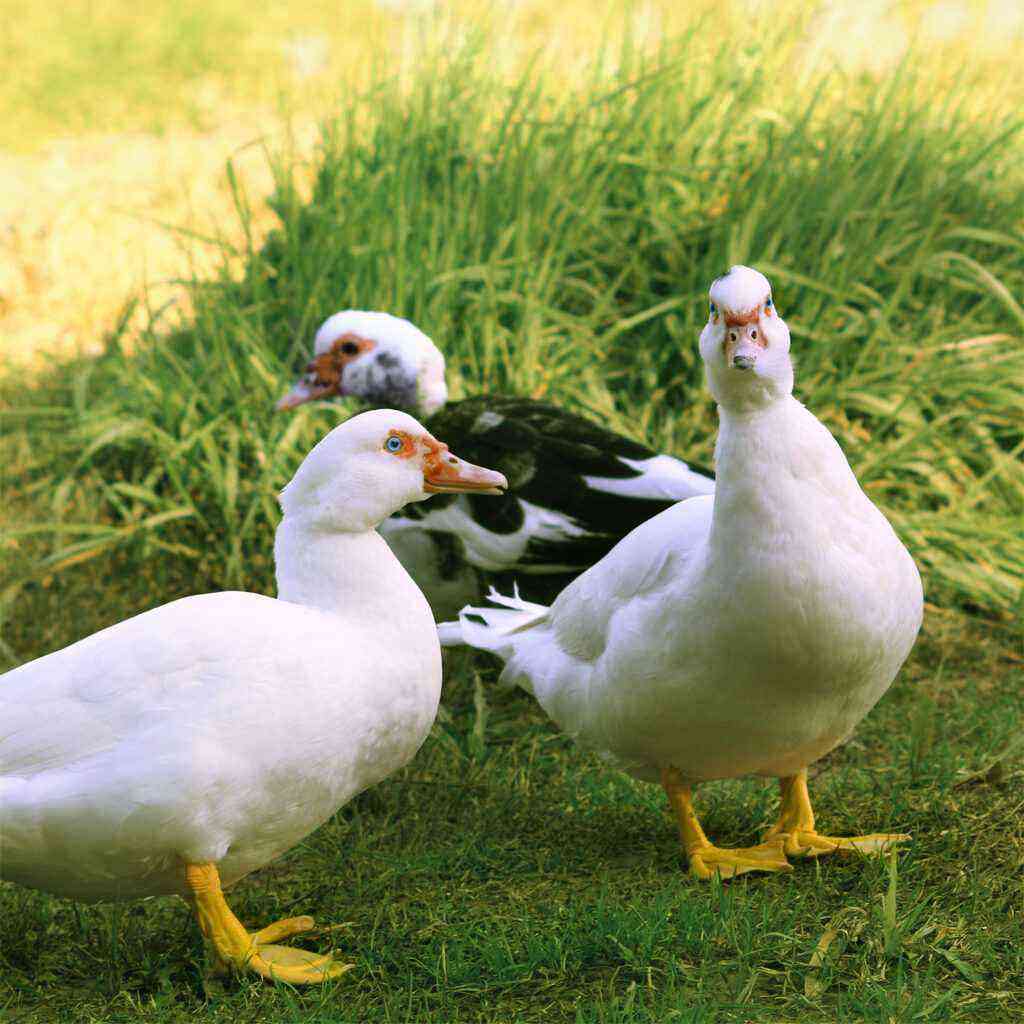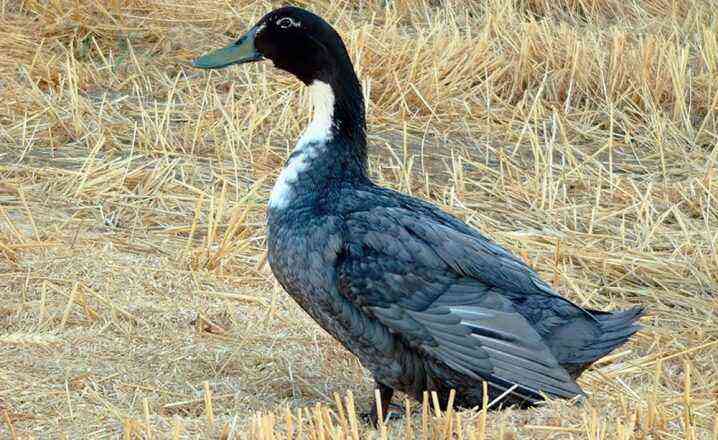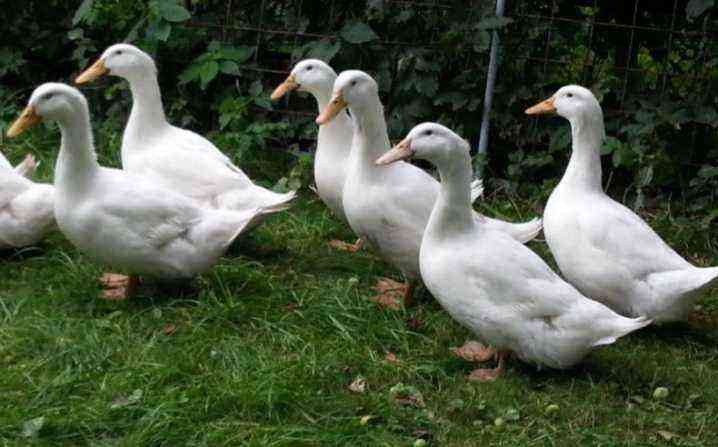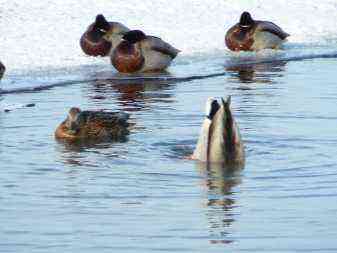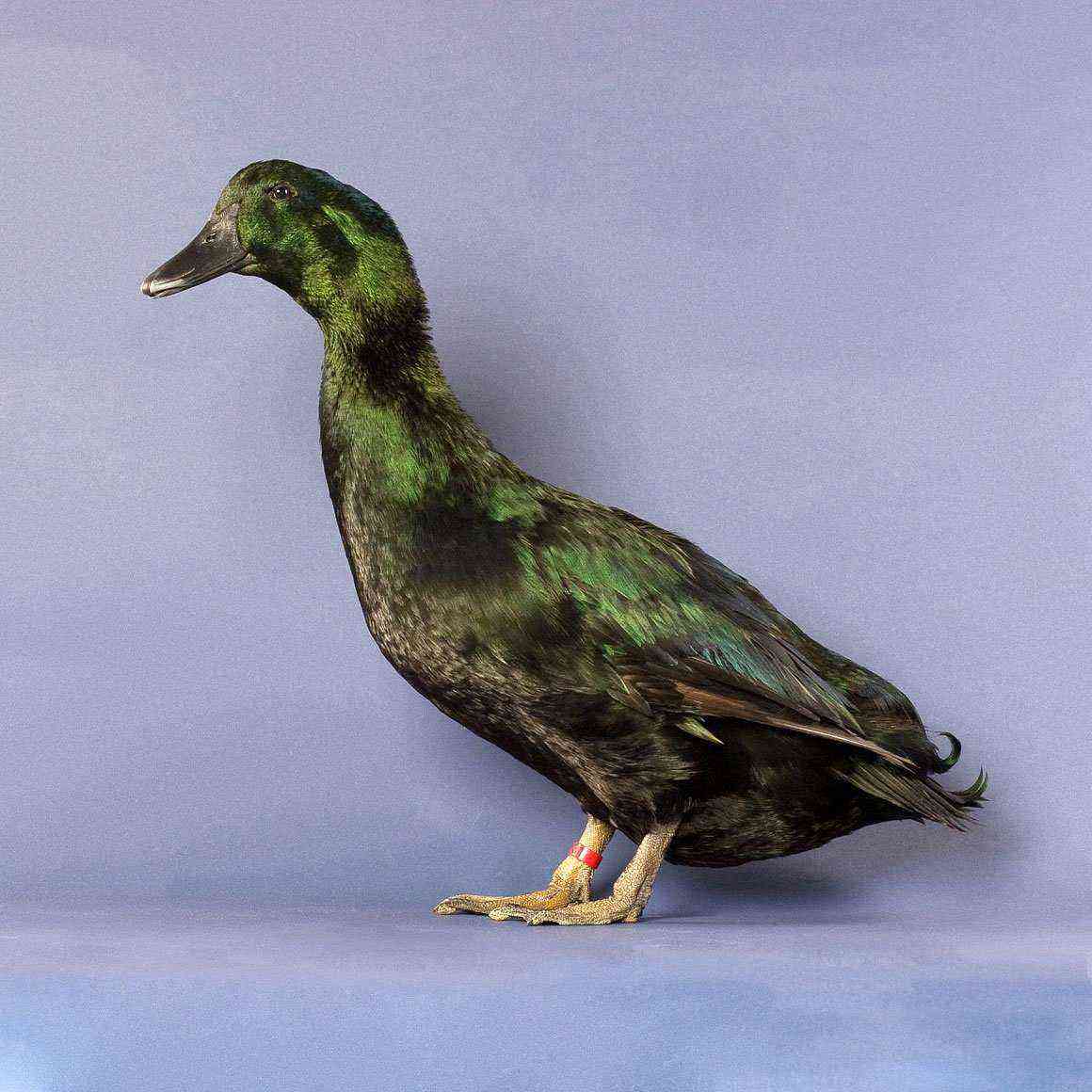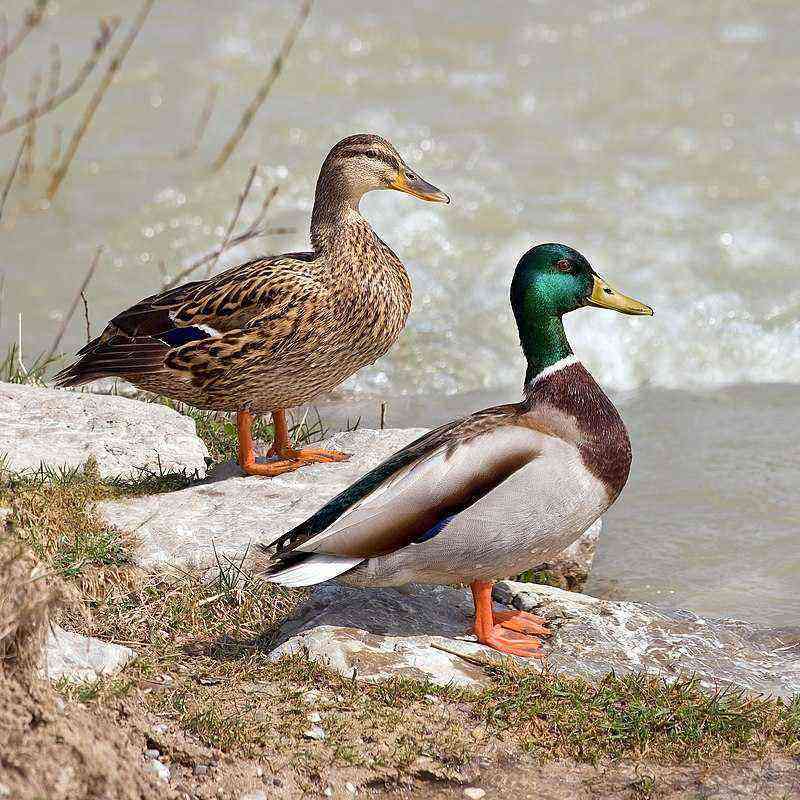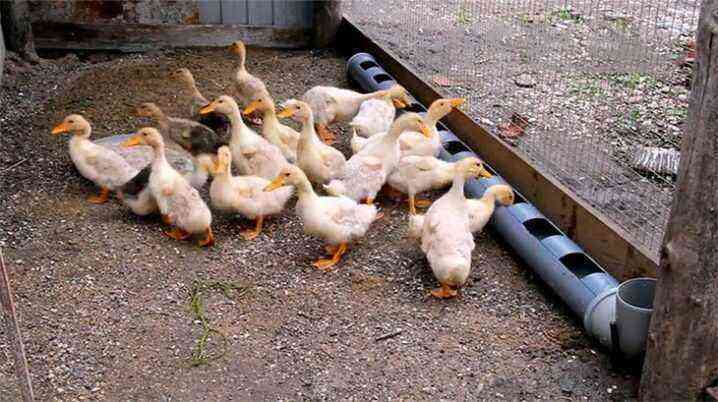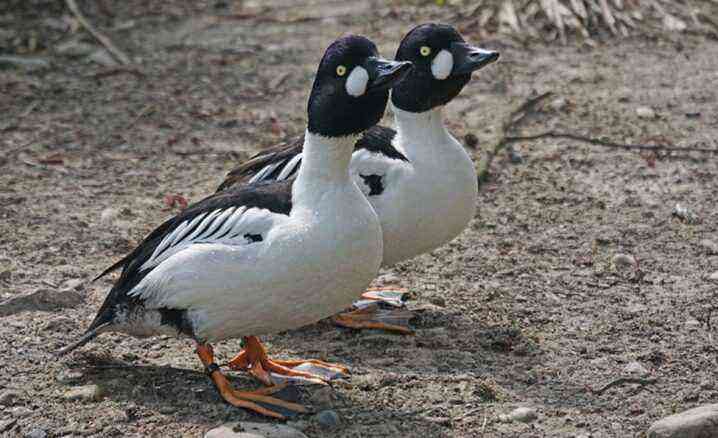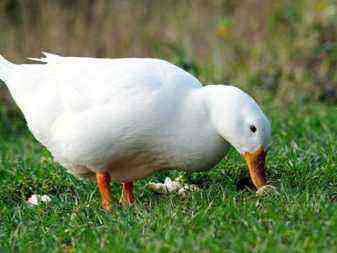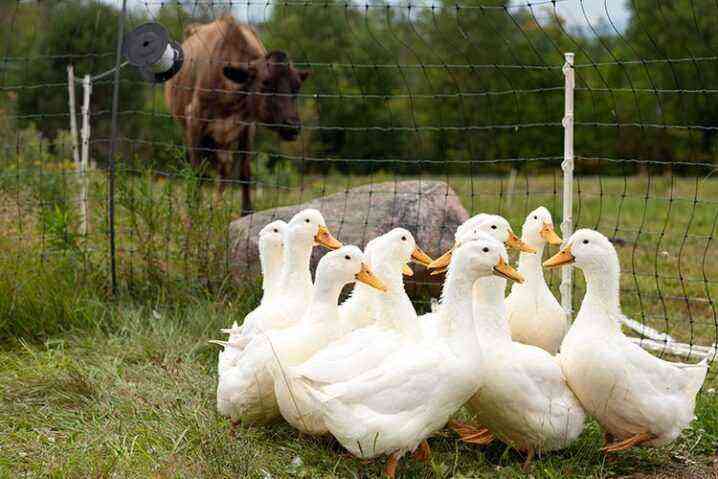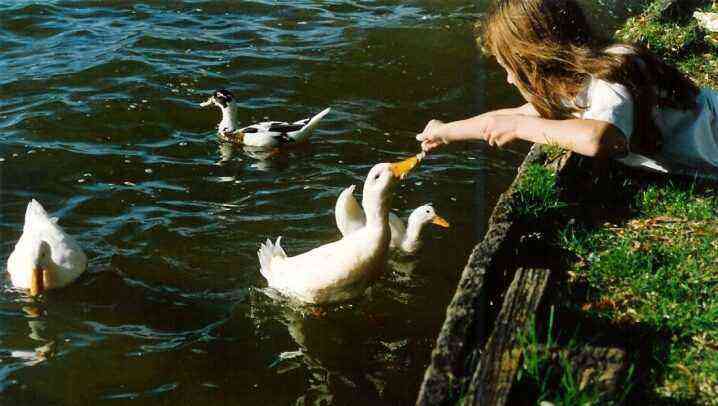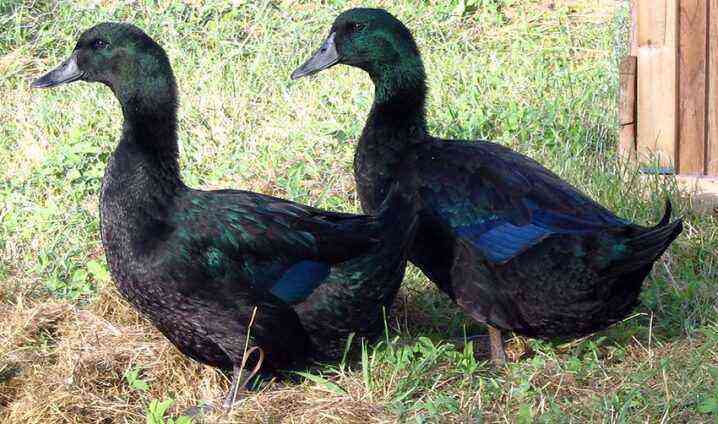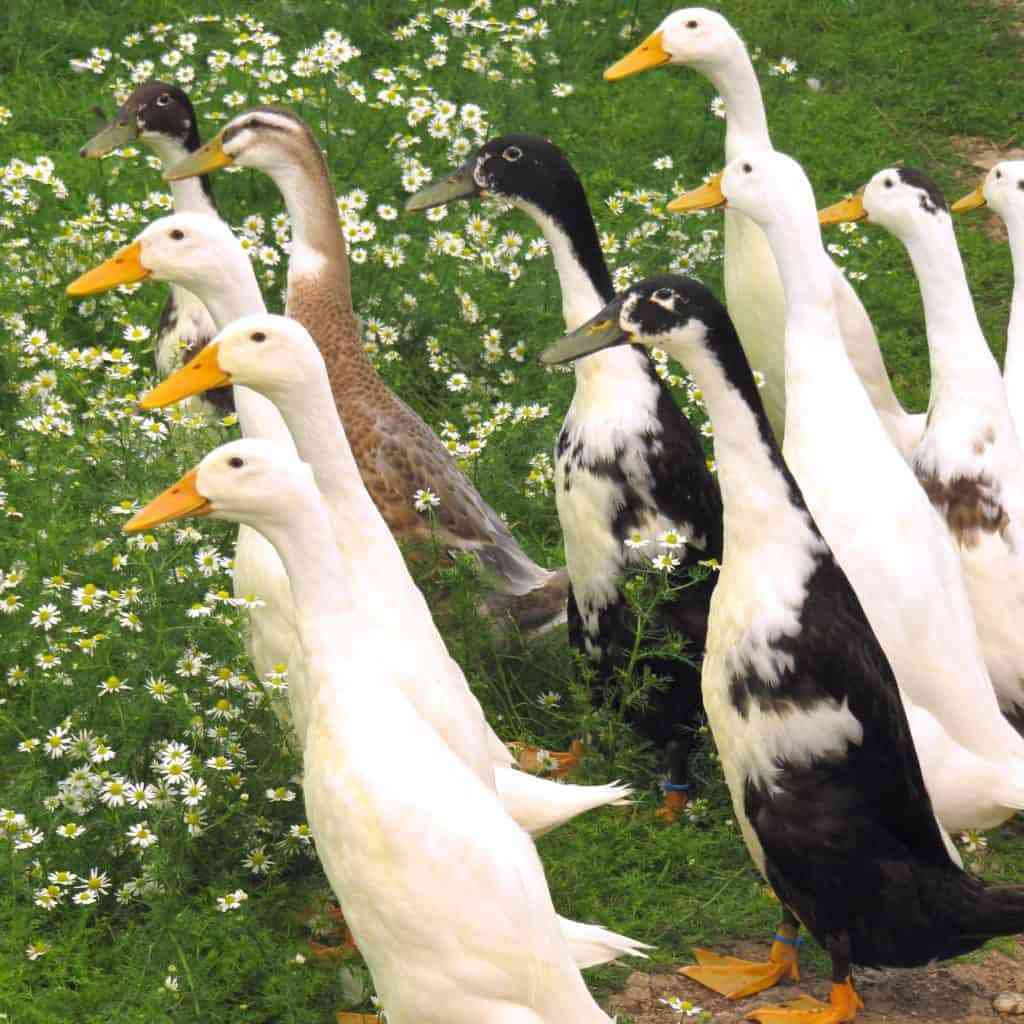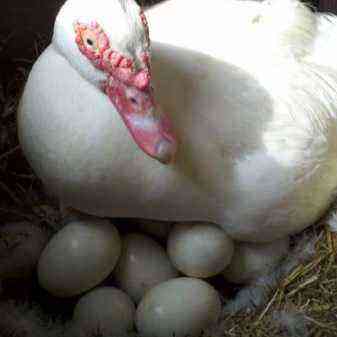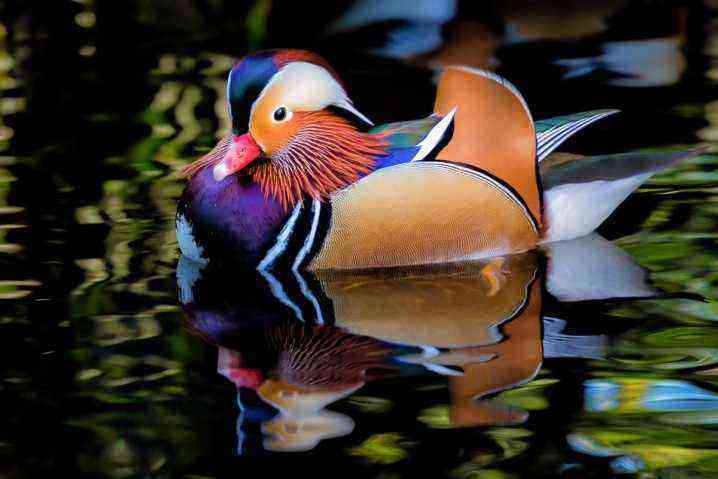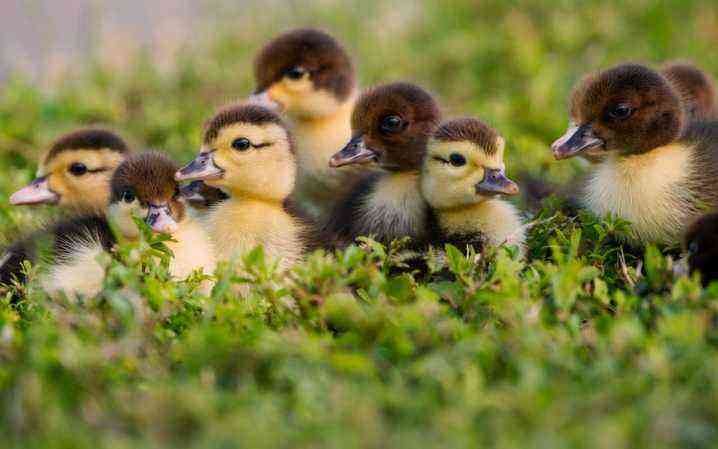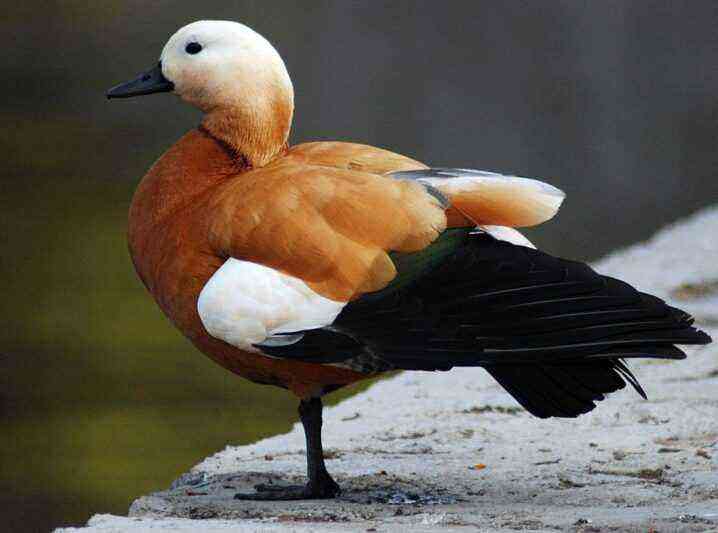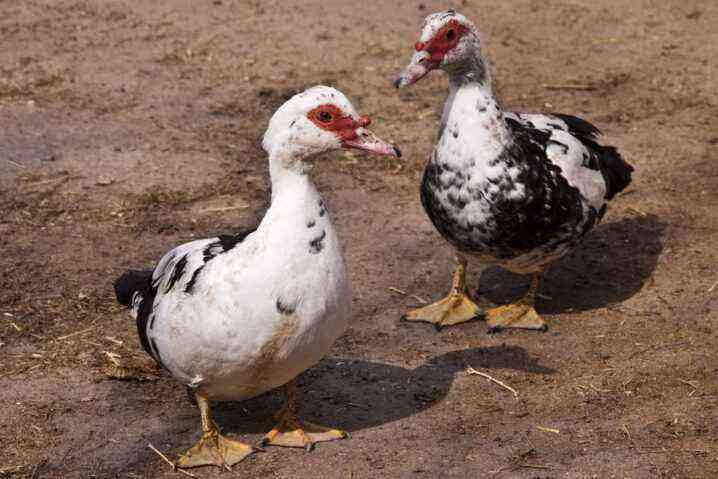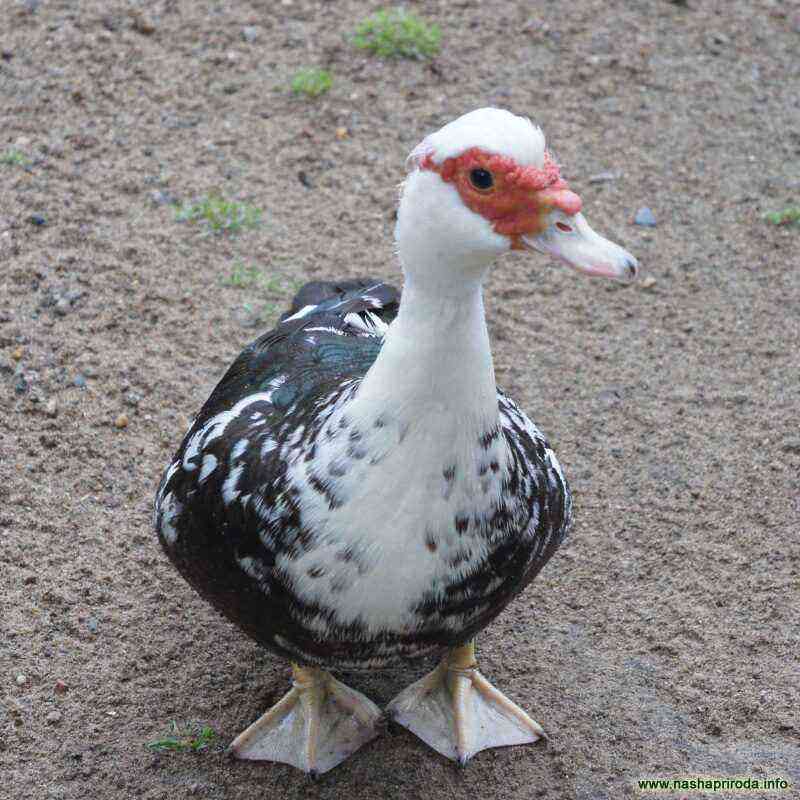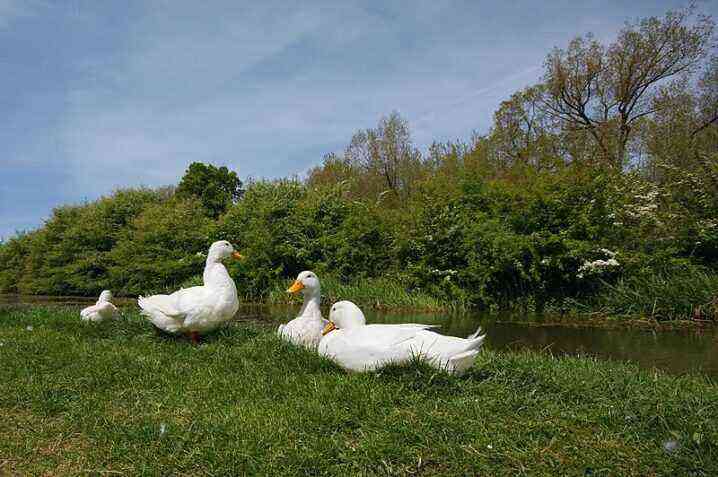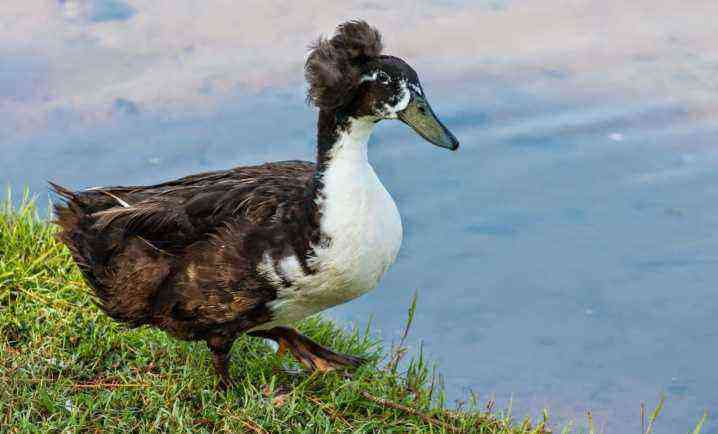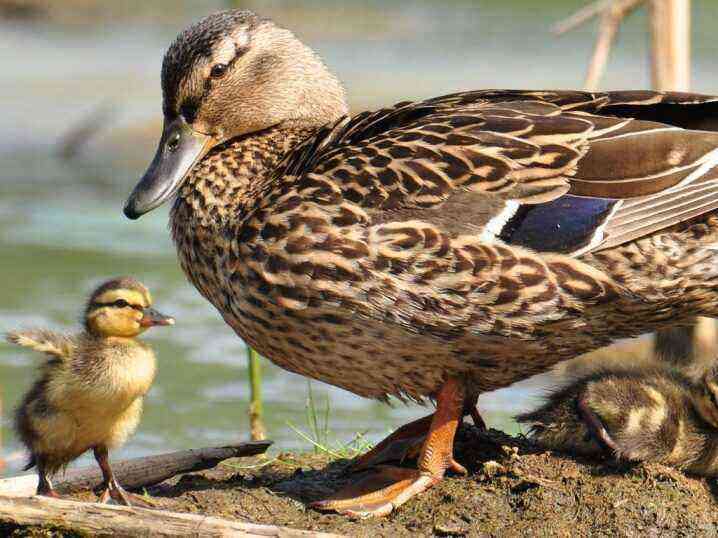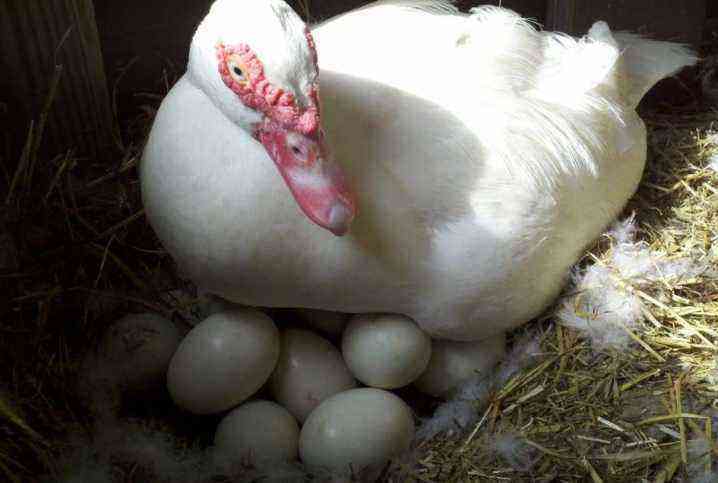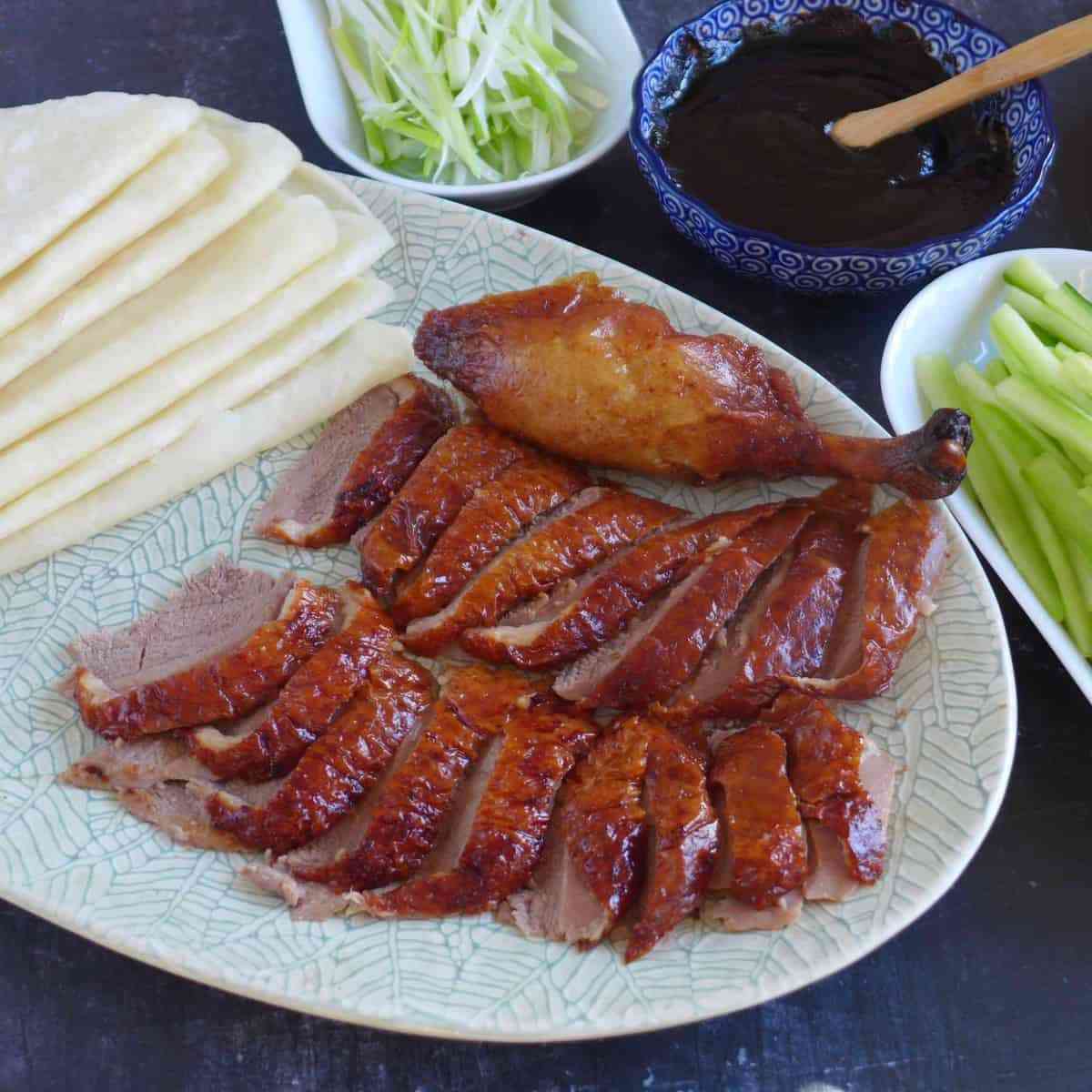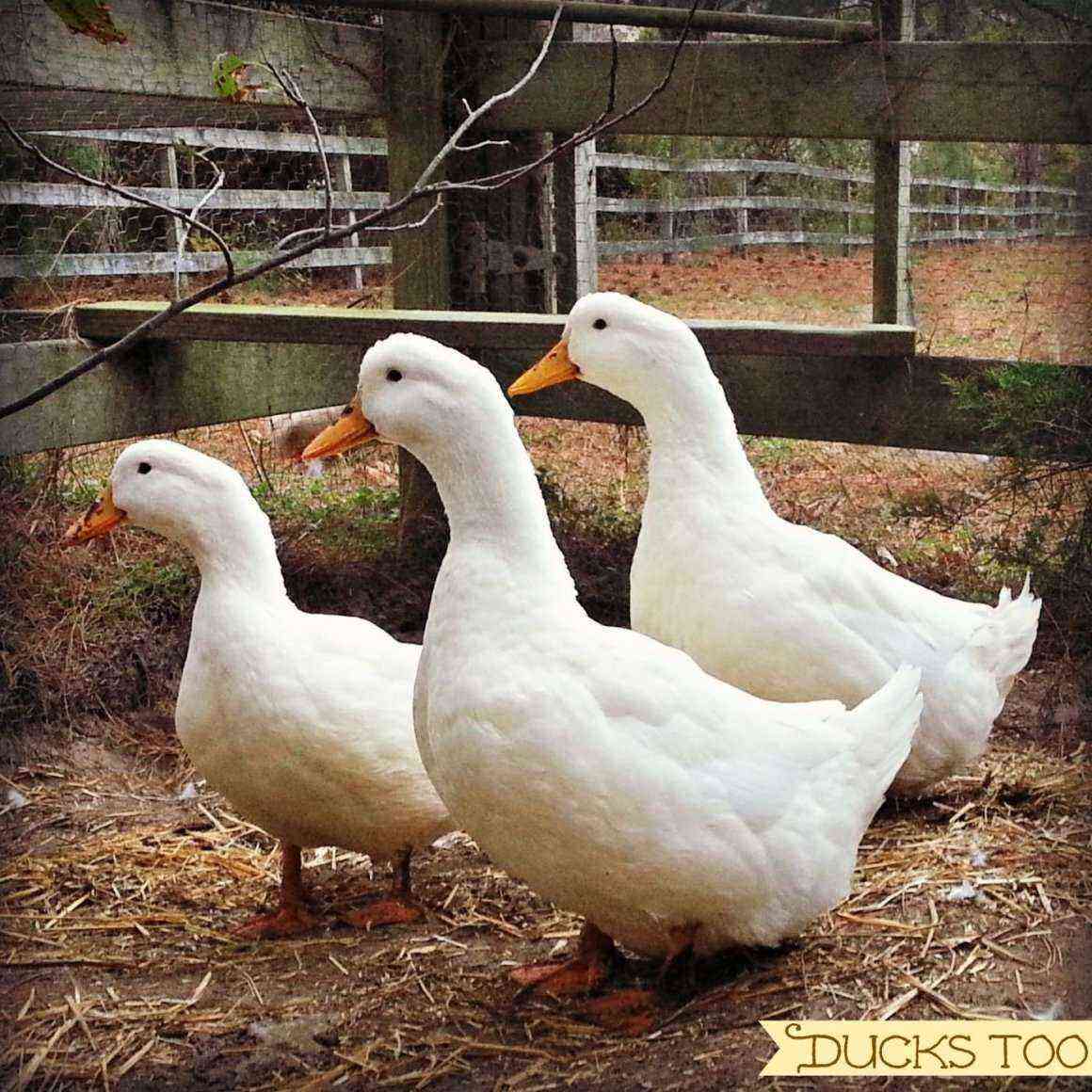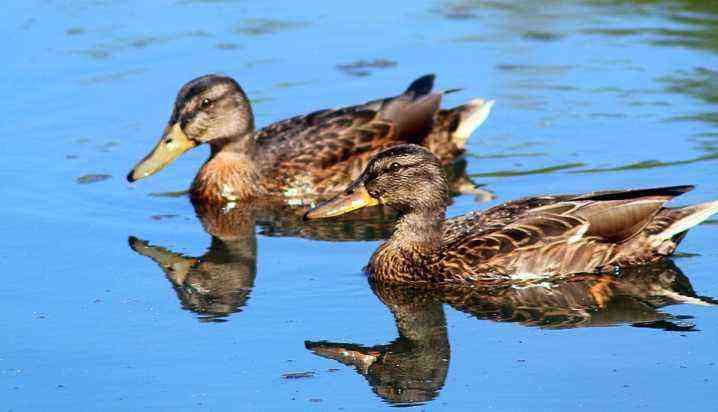Poultry farming is a popular branch of agriculture, which makes it possible to obtain both meat and egg products. Large farms and small private farmsteads are engaged in breeding not only chickens, geese and turkeys, but also ducks. The demand for this bird makes breeders constantly work on breeding new, more advanced breeds. The result of this work was the appearance of a duck of the blue favorite breed, which has not only an unusual color, but also high productivity.
Features of the breed
The blue favorite duck is an intermediate result of the work of Bashkir breeders to develop an improved cross based on the Peking breed. In the process of crossing individuals, a unique species with high productivity rates was obtained, which the breeders left in the form of a separate cross. The description and characteristics of the new species surprised breeders and experienced poultry farmers. Along with the classical name, this bird can be called a blue duck or a pharaoh. The color of the industrial cross is a blue duck – a mixture of gray and blue. One of the features of this breed is the birth of chicks, the color of which is radically different from the color of the parents. The maximum weight of an adult can be 5 kg. At the age of 6 months, the weight of ducklings becomes identical to the mass of goslings.

The body of the body is oblong, massive and heavy with a low location. The chest is pushed forward. On a medium and powerful neck is a small head with a large gray beak. Fleshy and small wings are in close contact with the body. Short limbs can be either gray or yellow. The eyeballs are dark in color.
Over the years of existence, this breed has acquired a wide variation of shades:
- blue;
- Gray;
- the black;
- white;
- redhead;
- multicolored.
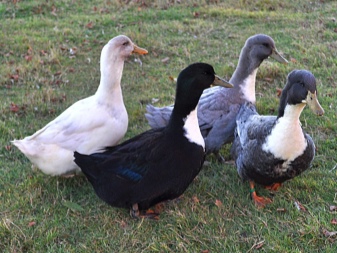
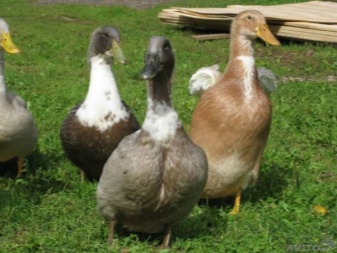
Performance indicators
The blue favorite belongs to the meat and egg species, in which rapid weight gain does not affect egg production. In comfortable conditions, the maximum mass of males reaches 6 kg, and females up to 5 kg. Young animals at the age of 60 days have a weight of about 3 kg and can be used for their own needs or for sale. Experts recommend slaughtering birds up to 5 months. Older individuals acquire a rigid meat structure, and the intensity of weight gain is significantly reduced. Adult ducks should be slaughtered only after the feather molt, after which there will be no feather needles left on the skin.
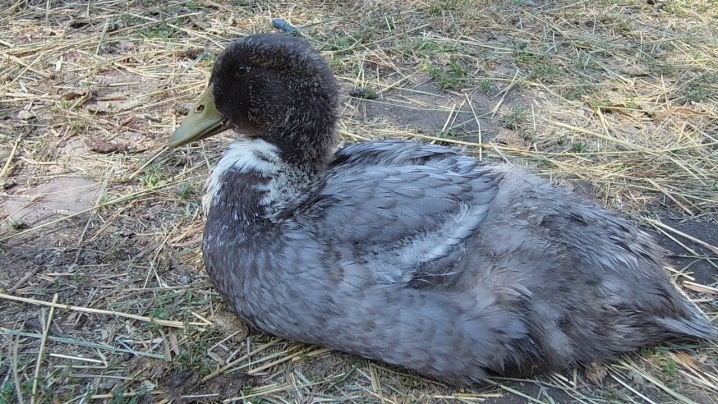
Females start laying eggs at 8 months of age. A duck produces about 150 eggs per year. The mass of one egg does not exceed 90 grams. To obtain the maximum number of eggs, it is necessary to introduce special feed for laying hens into the diet of ducks, which contributes to more frequent ovulation. Experts note a high and stable level of productivity in regions with different climatic conditions. Ducks lay well in both high and low temperatures. For sale, not only duck meat and eggs are used, but also down and feather raw materials, which are of high quality and are in high demand among manufacturers of winter clothes, blankets and pillows.
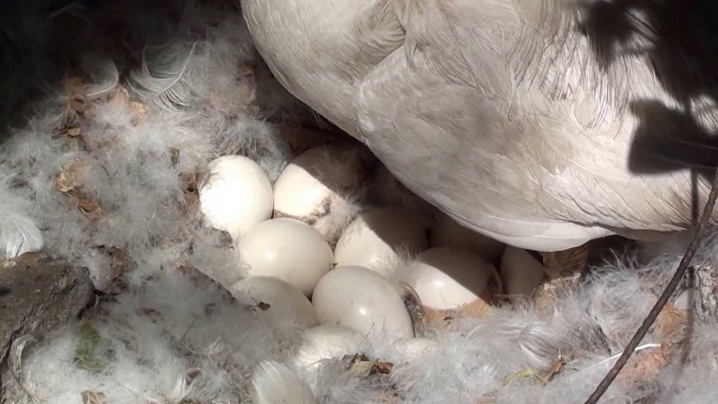
Advantages and disadvantages
Like any poultry, the blue favorite has a number of advantages and disadvantages. Advantages:
- unpretentiousness;
- fast weight gain;
- beautiful appearance;
- unusual and beautiful plumage;
- affordable price range;
- high percentage of survival of adults and young animals;
- calm and good-natured disposition;
- lack of conflicts with other poultry;
- undemanding to the diet;
- maintaining a high level of egg production;
- the presence of a small fatty layer;
- the possibility of breeding in various climatic conditions;
- high taste indicators of meat and egg products.

Disadvantages:
- lack of instinct to hatch offspring;
- the presence of feather stumps in adult non-moulting birds;
- the need for a reservoir.
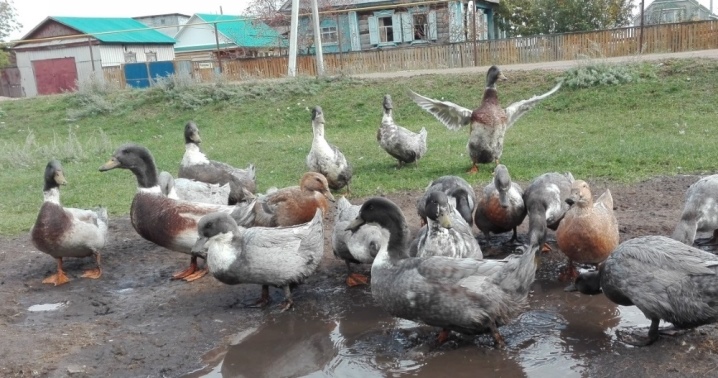
Conditions of detention and care
The blue favorite is an unpretentious poultry that does not require special growing conditions. This breed can be grown not only by experienced farmers, but also by beginner poultry farmers. The bird has a high level of disease resistance and can be kept in uninsulated rooms during the winter. Low temperatures negatively affect the quality of the meat, making it less juicy and tougher. Experts advise not to allow the bird to stay in a cold room for a long time and, if possible, to heat and warm it.
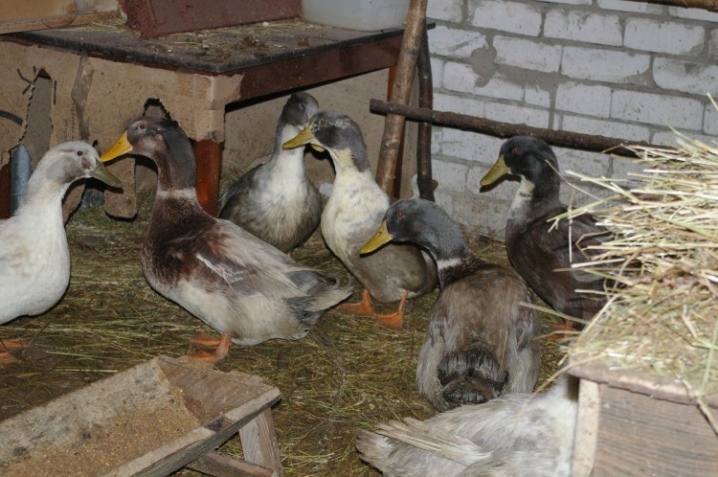
Despite the resistance of the duck to sudden changes in temperature, as well as to various climatic conditions, it has a negative attitude to strong currents of cold air in the room.
Mandatory conditions for keeping the blue favorite is the presence of artificial or natural reservoirs. Permanent access to rivers and lakes will allow the birds not only to carry out water procedures, but also enjoy plant food. This breed needs daily walks in the poultry yard. If the birds walk in a fenced aviary, experienced farmers recommend sowing part of the site with grass, and filling the area near the artificial reservoir with river sand. The calm, good-natured and non-aggressive nature of ducks avoids conflicts with other types of poultry.

The floor in the duck house should be earthen covered with a small layer of bedding material, which will prevent the development of excessive dampness. Every week it is necessary to change the bedding material, and twice a year, experts recommend doing a general cleaning with disinfection of the entire room. Feeders should be long and narrow with high sides. The length of the food container should correspond to the number of livestock. The presence of clean drinking bowls with fresh water is a prerequisite for the full growth and development of the bird.

Feeding
The blue favorite is an omnivorous bird that quickly gains weight both on purchased dry grain mixtures and on wet food, from boiled vegetables and cereals. The bird most of all prefers boiled potatoes and chopped pumpkin and zucchini. The frequency of feeding should be 3 times a day. Birds constantly need the use of chalk, limestone, shell rock, as well as eggshells. Fine gravel will improve the digestive system of ducks.
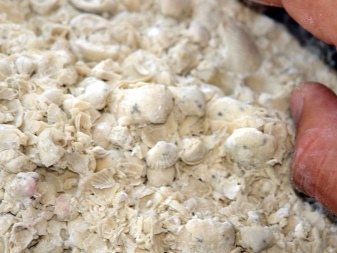
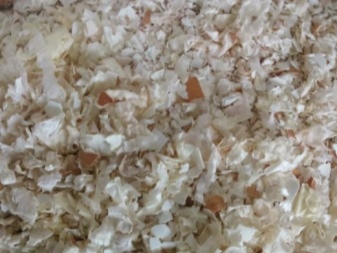
If ducks have free access to water bodies and flooded meadows, then most of the diet will consist of fresh grass, which pets can independently extract. Only stale and spoiled foods can disrupt the digestive system and cause poisoning. During feeding, it is necessary to place feeders and drinkers as far apart as possible so that water does not wash food out of the stomach.
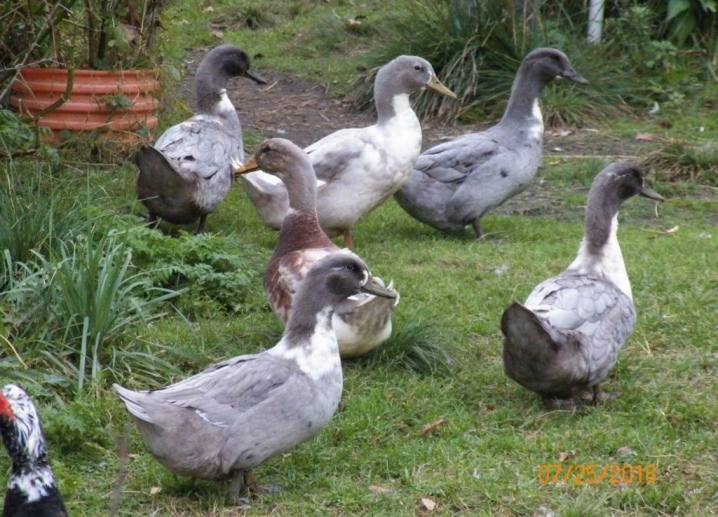
Breeding
To obtain young offspring, it is necessary to choose the most healthy and strong representatives of the breed, which have pronounced genetic characteristics. To determine the sex, it is necessary to pay attention to the tail zone of the bird, where the males have two large feathers. Ducks do not have this feature. Birds also have voice differences, which are expressed in the sonorous quacking of females. This breed completely lacks the instinct to hatch offspring. To solve this problem, it is necessary to use incubation devices or females of other breeds.
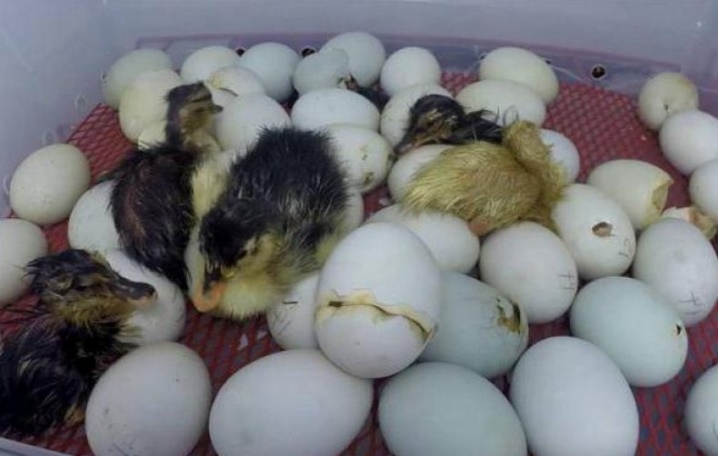
For incubation, fresh eggs collected in the last week should be used. Eggs must not be washed or dried before laying. The incubation period lasts about 30 days.
Sometimes a duck can sit on eggs, but this characteristic is found only in single individuals. The first sign of a bird’s desire to sit on eggs is lining the nest with its own fluff and feathers. The survival rate of young animals is very high, and ducklings are born strong with strong immunity. One female is capable of producing no more than 15 ducklings. In industrial and domestic conditions, experts recommend giving preference to the incubation method of obtaining young animals. You can also get young animals by acquiring daily ducklings from professional breeders.
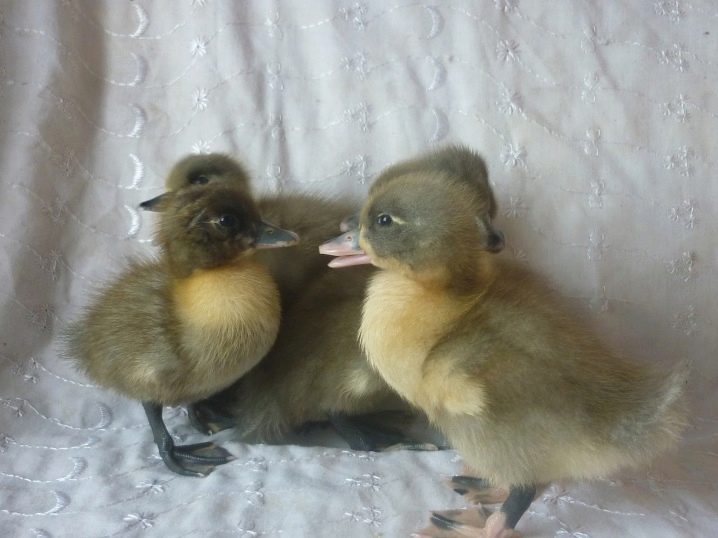
Newborn ducklings in the first 7 days of life need a stable temperature regime at + 32 degrees and 16 hours of daylight hours. To create comfortable conditions in a room with young animals, it is necessary to install special heating devices. In the second week of life, the young no longer need these conditions, but the owners must ensure that the temperature level does not fall below + 20 degrees. Dry grass or hay can be used as bedding material. Signs of creating comfortable conditions for ducklings:
- high level of activity;
- having a good appetite;
- the presence of shiny fluff;
- uniform distribution throughout the enclosure.
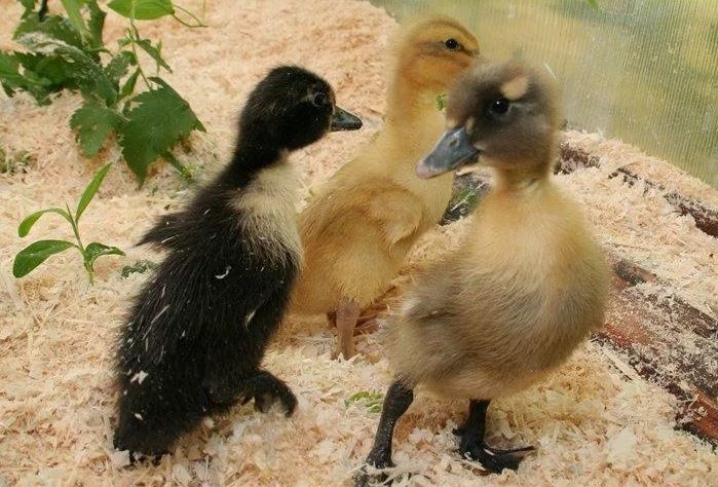
In the first 3 weeks of life, the diet of chicks should consist of chopped boiled eggs mixed with green onions. By the end of the first month of life, ducklings can gradually add a crushed grain mixture. Vitamin greens for young animals can be young leaves of nettle, clover and dandelion. Whole milk, cottage cheese and kefir will help strengthen the immune system. Grown up chicks can be fed with boiled potatoes and chopped root crops. Chalk and shell rock should be present in the mixture. At the age of 40 days, the chicks can eat from a common feeder.

Possible diseases
A feature of the blue favorite breed is high immunity and low susceptibility to various diseases. Non-compliance with the sanitary and hygienic regime, as well as an unbalanced diet, can provoke the development of the following diseases.
- Avitaminosis – a significant lack of vitamins and nutrients. The reason is the poor quality of food. Treatment is the introduction of mineral and vitamin complexes into the diet.

- Urov disease – lack of mineral elements. Signs – massive plucking of feathers, followed by their eating. Treatment is the addition of vitamins with calcium to the feed.

- Omphalite – inflammation of the umbilical region. Treatment – washing the area with special medications.
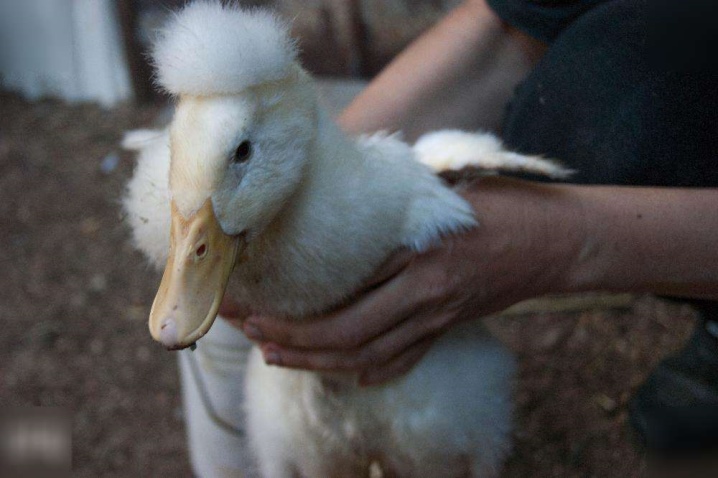
- Cuticulitis – an inflammatory process in the digestive system, which may appear in the first weeks of life. Treatment – adding a small amount of potassium permanganate to the drinker.
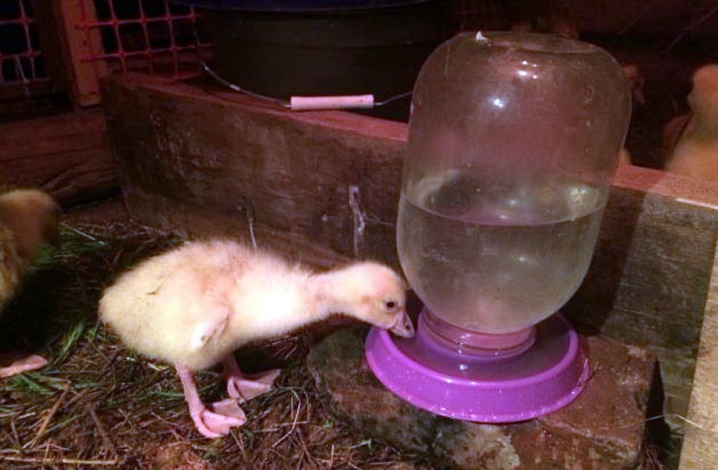
- Infectious inflammation – a common disease that can be provoked by poor sanitary conditions in the room.
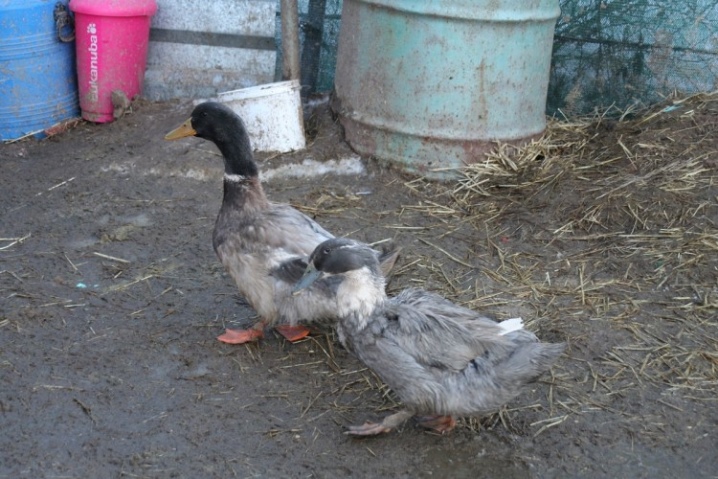
Common infectious diseases are coccidiosis, tuberculosis, cestodosis and salmonellosis. The first signs of coccidiosis are decreased appetite, low activity, lack of vitality, diarrhea, and blood and mucus in the stool. Sick birds should be immediately removed from the main population and exterminated. A small room, unsanitary conditions and the lack of a ventilation system can provoke the appearance of tuberculosis. After receiving positive laboratory results, it is necessary to kill sick ducks and carry out a complete disinfection of the room.

Symptoms of the presence of worms – untimely stool, the presence of convulsions and paralysis, disruption of the central nervous system. Only special anthelmintic drugs will help get rid of parasites. With the appearance of an acute intestinal infection in the form of salmonellosis, it is urgent to introduce broad-spectrum antibacterial drugs into the diet. Ignoring the problem can lead to the death of the livestock.
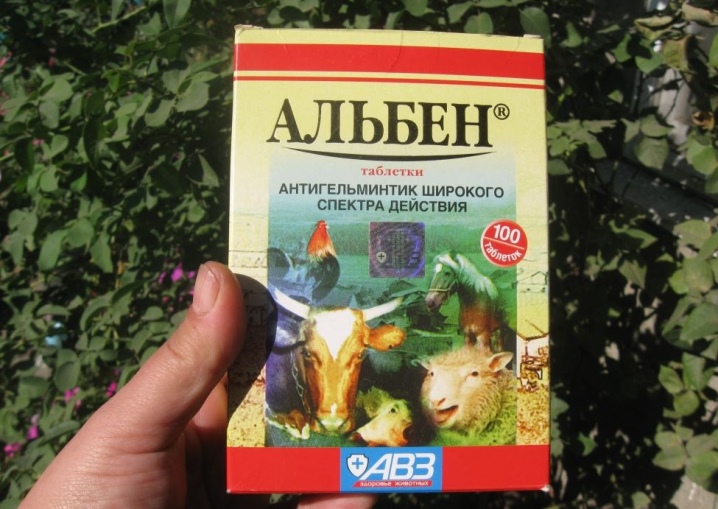
Less common but more dangerous diseases are typhoid and cholera. It is impossible to cure a bird from this disease. Experts recommend exterminating all the livestock and processing the premises for their maintenance. The greatest susceptibility to diseases is young animals, the care of which should be given increased attention.
Reviews
The popularity and demand for this breed provoked the appearance of a huge number of both positive and negative reviews. Large farms prefer blue favorite ducks due to their resistance to various diseases and the absence of the need to vaccinate the livestock. Significantly reduces the level of financial costs and unpretentiousness of the bird to the conditions of keeping and nutrition. Rapid weight gain and early maturation of birds have a positive effect on the profit from poultry farming.
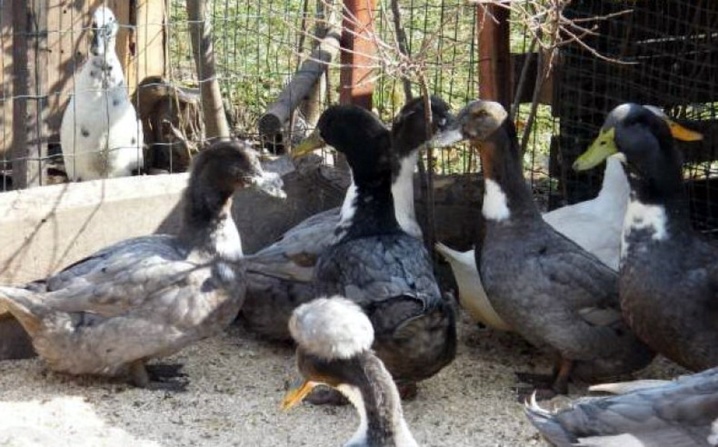
Over the past few years, private farmsteads have also paid attention to this breed, which are attracted both by the meat and egg direction of the breed., and a calm and non-aggressive character makes it possible to keep ducks along with other poultry without fear of conflicts and fights. Having free access to water bodies and lush meadows, birds can find food on their own during the day, eating at home only in the morning and evening. Owners of poultry houses also note the negative aspects of the breed. The complete absence of the instinct to hatch offspring makes it difficult to breed young animals and forces farmers to purchase incubators or buy day old ducklings.
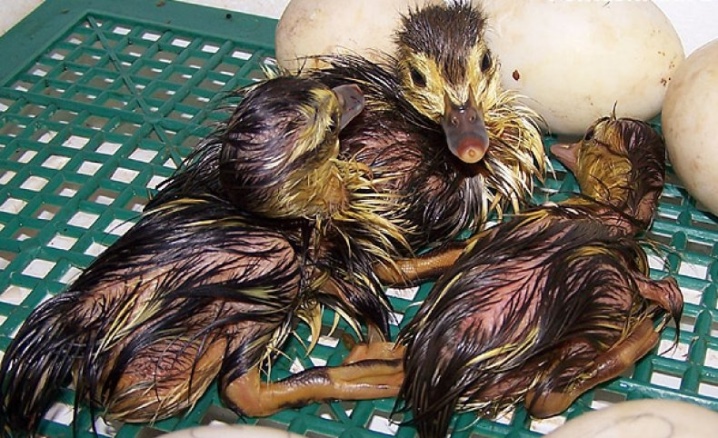
For information on how to properly care for the blue favorite duck breed, see the following video.

